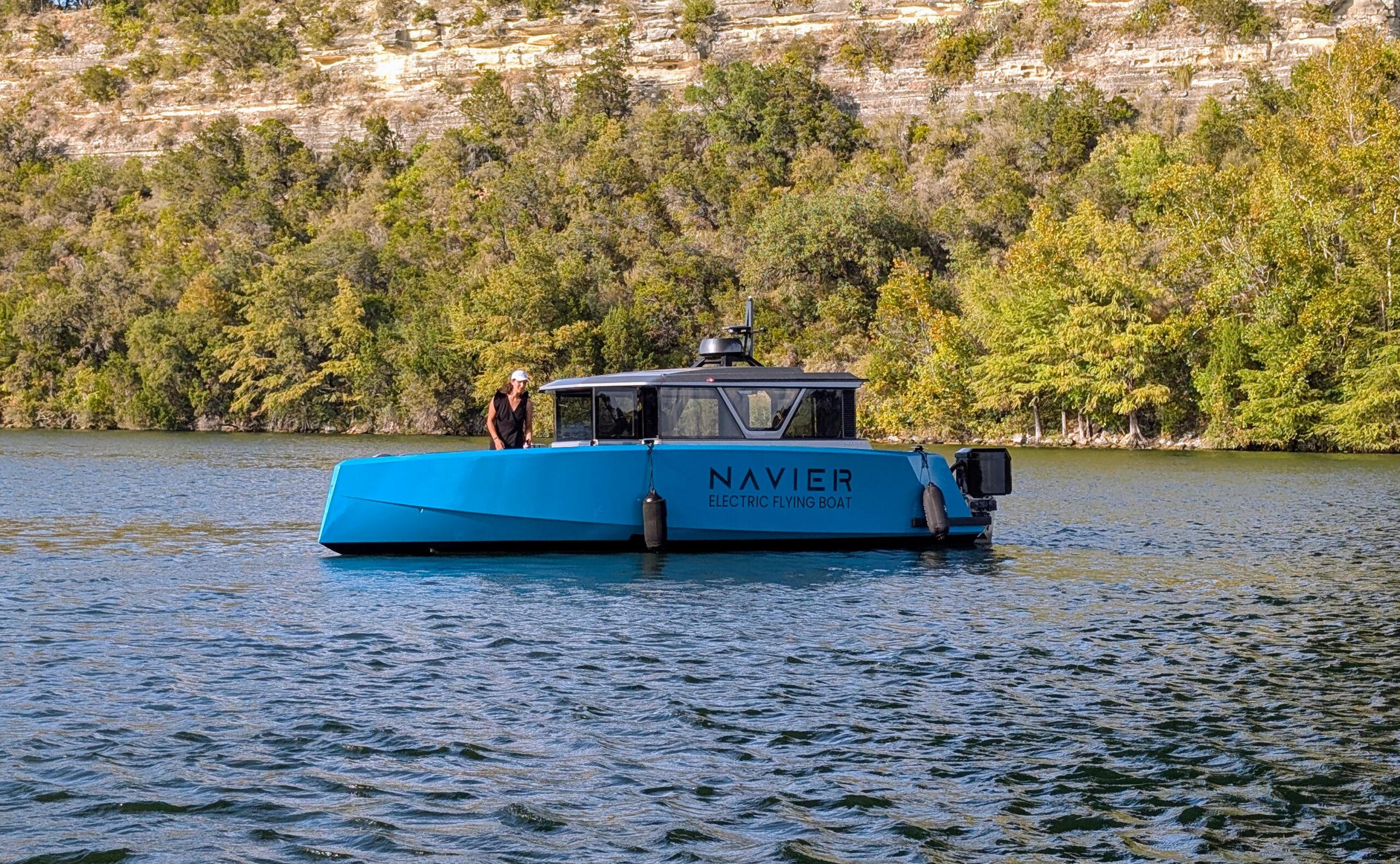
Sign up for daily news updates from CleanTechnica on email. Or follow us on Google News!
It’s an easy argument to understand and to make: yes, we need more clean energy, but we also need to take carbon dioxide out of the air with carbon capture technology. The problem is that you can have much more impact for every dollar spent on the former than with every dollar spent on the latter. Some people say, “but we can put money into both.” I never quite get that argument. If you have $100 million to put into carbon capture and storage, then just use that $100 million for more renewables to retire more fossil fuel power plants! It’s nice when top scientists back this up, even if, as I said, it’s baffling to me how this has become a complicated matter.
“For most countries around the world, sourcing energy entirely from wind, solar, geothermal, and hydropower by 2050 would reduce their energy needs and costs, improve air quality, and help slow climate change, according to a Feb. 9 study in Environmental Science & Technology,” Josie Garthwaite of Stanford University writes before slamming the door on one of the biggest climate distractions of the century. “These benefits, the authors say, could be realized at a fraction of the cost of implementing technologies that remove carbon dioxide (CO2) from the air and capture it from stationary emitters like industrial smokestacks.”
Even if you power carbon capture and storage systems with renewable energy, that comes at an opportunity cost and you’re better off just using that renewable energy to displace or turn off fossil power plants. Why spend money and energy on removing some CO2 from a smokestack when you can just turn that smokestack off completely with that same energy and money (or less)?
“If you spend $1 on carbon capture instead of on wind, water, and solar, you are increasing CO2, air pollution, energy requirements, energy costs, pipelines, and total social costs,” said lead study author of the new study Mark Jacobson, a professor of civil and environmental engineering in the Stanford Doerr School of Sustainability and Stanford School of Engineering, and an occasional writer and podcast guest here on CleanTechnica.
Something that warms my heart is that Jacobson then goes after one of my pet peeves. “It’s always an opportunity cost to use clean, renewable energy for direct air capture instead of replacing a fossil-fuel CO2 source, just like it’s an opportunity cost to use it for AI or bitcoin mining. You’re preventing renewables from replacing fossil fuel sources because you’re creating more demand for those renewables.” Boom! Exactly! I can’t stand the arguments that you can power bitcoin mining with renewables, or even AI data centers. It’s just an attempt to stuff an ideological preference for something into a reality that doesn’t sting too much. When you increase energy demand by several terawatt-hours and say that’s fine because those will be powered completely (or partly, which is even worse) by renewables, you are ignoring that you’re taking solar panels and wind turbines from the market that could have been (or would have been) used to turn off fossil fuel power plants, which effectively means increasing global heating emissions.
Here’s some more information:
“Jacobson and co-authors compared the annual energy costs, emissions, public health impacts, and social costs associated with implementing either of two extremes across all sectors in 149 countries over the next 25 years.
“One extreme would see a complete switch to use heat and electricity generated by wind, solar, geothermal, and hydropower for all energy needs, as well as some advances in energy efficiency; cuts to energy demand through improved public transit, increased biking, and telecommuting; and commercialization of hydrogen fuel cells for long-distance air travel and shipping. For this case, the researchers assume hydrogen would be produced using water and electricity from renewable sources, not with fossil fuels, which is the way most hydrogen is made today.
“The other extreme would see countries maintain their current reliance on fossil fuels with some renewables, nuclear, and biomass — while improving energy efficiency by the same amount as in the all-renewable case. In this second extreme, all 149 countries would also add equipment to capture carbon dioxide from industrial flues and use technology known as synthetic direct air carbon capture to pull CO2 from ambient air.
“Comparing these two ‘unrealistically extreme cases,’ the authors write, distills the climate, health, and social costs associated with investing money in carbon capture and direct air capture that might otherwise go toward electrification and wind, water, and solar power. Neither case considers the potential costs or benefits of efforts to enhance carbon sequestration in natural carbon sinks like wetlands, forests, soil, and oceans.”
Just shut down the fossil fuel plants and don’t waste power on nonsense, so that more solar and wind power plants can be used to shut down fossil fuel power plants. Sometimes simple logic and explanations are best because there’s nothing that beats them.
Jacobson also points out that, guess what, when you shut down the power plant instead of only removing the CO2, you also eliminate the air pollution and water pollution the power plant creates. More benefits!
This is not rocket science, people. But if you do want to dive more into the science of it all, check out the full scientific paper.
Chip in a few dollars a month to help support independent cleantech coverage that helps to accelerate the cleantech revolution!
Have a tip for CleanTechnica? Want to advertise? Want to suggest a guest for our CleanTech Talk podcast? Contact us here.
Sign up for our daily newsletter for 15 new cleantech stories a day. Or sign up for our weekly one if daily is too frequent.
CleanTechnica uses affiliate links. See our policy here.
CleanTechnica’s Comment Policy




